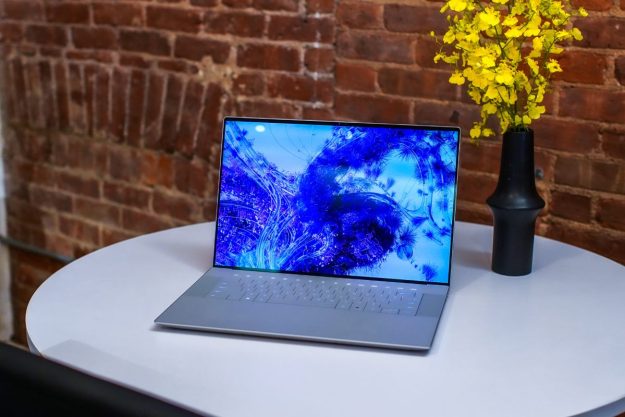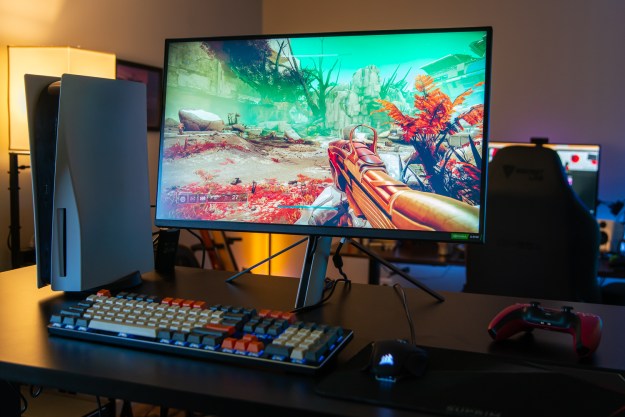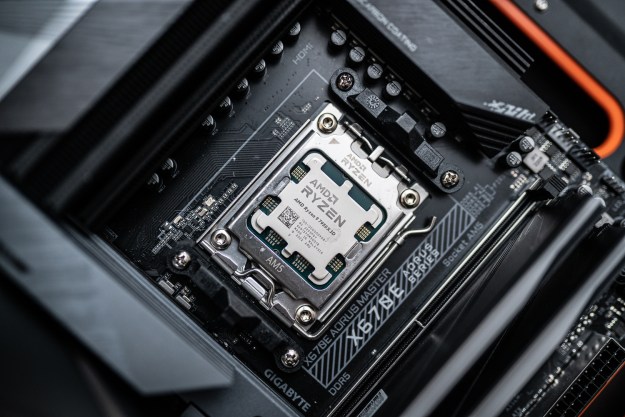Microsoft added two new fish cams to its underwater Project Natick data center, allowing researchers and the general public a view of marine life around its technology project. The undersea cameras not only provide for relaxing imagery of fish swimming by the data center, but it will help Microsoft researchers observe the environmental impact created by sinking a data center onto the ocean floor and the exterior conditions of the data center in sea water.
“We installed two video cameras on the outside of the pressure vessel to observe environmental conditions near our data center,” Microsoft announced on Project Natick’s webpage.

Microsoft officially unveiled the second phase of Project Natick in June by sinking the 40-foot pod just off of Scotland’s coast. The undersea data center contains 12 racks and 864 servers that host 27.6 petabytes of data as an experiment. By positioning a data center in the ocean, Microsoft believes that it could deliver data faster, given that most a large percentage of people live near or along the coast. The data center connects to the internet via a large undersea cable, as well as the Orkney power grid in Scotland.
Additionally, the colder ocean water provides a natural source of cooling, and Microsoft is powering Project Natick entirely on renewable on-shore wind and solar and off-shore tide and wave energy sources. “A Natick data center co-located with offshore renewable energy sources could be truly zero emission: no waste products, whether due to the power generation, computers, or human maintainers are emitted into the environment,” Microsoft said.
Pending results from its experiments with Project Natick, Microsoft may locate more data centers in the ocean in the future. Given its underwater placement, Microsoft envisions Natick as a self-sustainable data center that could operate for up to five years with no maintenance required, which is the expected lifespan of the computers on board.
“After each five-year deployment cycle, the data center vessel would be retrieved, reloaded with new computers, and redeployed,” Microsoft said. “The target lifespan of a Natick data center is at least 20 years. After that, the data center is designed to be retrieved and recycled.”
The data that Microsoft collects from phase 2 will help it refine its designs and plans as it moves towards productization. Right now, however, Microsoft states that Natick is still in research phase, and it’s still too early to determine if it will be commercialized.
Editors' Recommendations
- Tiny data center makes for a comfortable swim
- Microsoft could be working on a new Surface product called “Project S”
- Microsoft’s cloud gaming platform xCloud is built using Xbox One S hardware


